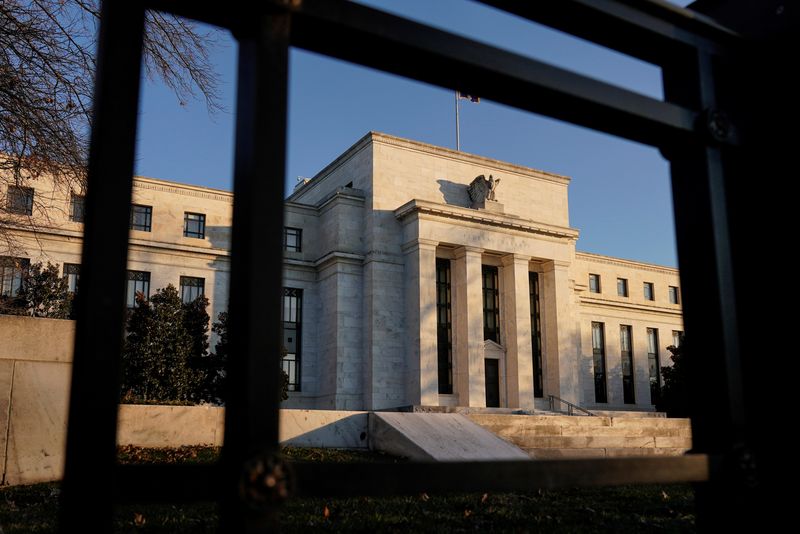By Howard Schneider
NEW ORLEANS (Reuters) -The Federal Reserve's effort to shock the economy back to lower inflation is in its early days, making it tough for the U.S. central bank to avoid overdoing it with higher-than-needed interest rates, a top economic adviser in the Obama White House said after a fresh review of Fed policy since World War Two.
The Fed has raised its target policy rate by more than 4 percentage points in the last year, and "we are just now entering the window where the effects might start to be noticed," Christina Romer, an economics professor at the University of California, Berkeley, and chair of the White House's Council of Economic Advisers (CEA) from 2009 to 2010, told a national gathering of economists late on Saturday.
"Because of the lags involved, policymakers are going to face a very difficult decision about when to stop rate increases or reverse course," Romer said in a keynote address to the American Economic Association's annual meeting in New Orleans.
"Policymakers are going to need to dial back before the problem is completely solved if they want to get inflation down without causing more pain than necessary," she said.
Fed officials have acknowledged it will be tricky to judge how high to raise rates and how long to keep them elevated, and have scaled back the pace of rate hikes to try to avoid a mistake.
Minutes of the most recent Fed policy meeting in December showed central bankers struggling with the risks, while economists see a high probability that the rate increases will lead to a U.S. recession in the coming year.
POLICY SHOCK
Romer, outgoing president of the AEA, is an expert on the causes and recovery of the Great Depression of the 1930s and argued as CEA chair for a much larger fiscal response to the 2007-2009 recession than was approved. She collaborated with Berkeley economist David Romer, her husband, to mine Fed meeting transcripts and minutes dating back to the 1940s for the review of U.S. central bank policy.
They identified 10 instances when the Fed tried purposefully to change the path of economic growth, in all but one case to try to lower inflation it felt was too high.
Since transcripts are only available through 2016, they relied on minutes alone in more recent years and concluded that the current tightening cycle counts as an 11th monetary policy "shock."
Those events contrast with other Fed rate decisions meant to respond to developments likely to affect real economic activity, such as the collapse of the housing market and the onset of recession in 2007. Isolating the shocks, Romer said, allows a more accurate estimate of how Fed rate increases influence economic output and employment, and over what time frame.

As interest rates rise, she found, overall output begins to slow about six months after the start of the policy shock, and after nine quarters was 4.5% below where it otherwise would have been. The unemployment rate starts rising after about five months and goes up by an average of 1.6 percentage points after 27 months, with the impact fading after five years.
The Fed began raising rates last March but sped up the pace of rate hikes in June to one comparable with the rapid tightening former Fed Chair Paul Volcker used in the late 1970s and early 1980s. The central bank's policy rate now stands in the 4.25%-4.50% range and officials are widely expected to lift it by another quarter of a percentage point at their Jan. 31-Feb. 1 meeting, with an eye to pushing it above 5% in the months ahead.